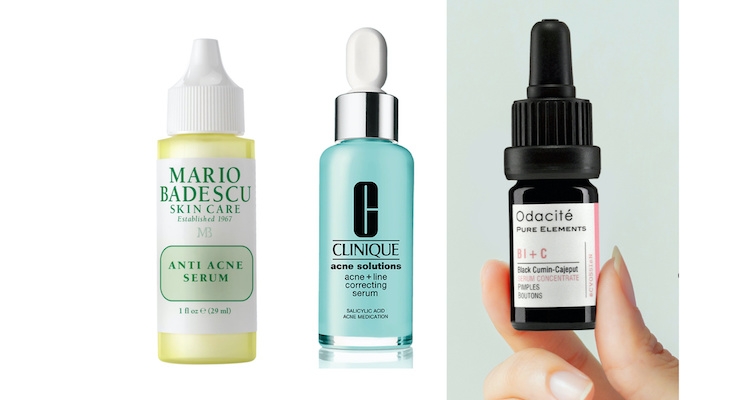Beauty Packaging Staff02.05.20
Allied Market Research published the report, Anti-Acne Serum Market by Gender and Distribution Channel: Global Opportunity Analysis and Industry Forecast, 2019–2026.
According to the report, the global anti-acne serum industry garnered $810.2 million in 2018, and is estimated to reach $1.5 billion by 2026, growing at a CAGR of 7.9% from 2019 to 2026.
What's driving growth? A surge in the number of beauty-conscious customers, a rise in demand for anti-acne serum among women, and major marketing strategies adopted by manufacturers.
However, availability of advanced beauty treatments hinders market growth.
More Details
Female consumers hold the highest market share in the global anti-acne serum market, accounting for more than three-fourths of the total market share in 2018, and is expected to maintain its leadership status during the forecast period.
The segment is expected to grow at the highest CAGR of 8.2% from 2019 to 2026.
Based on distribution channel, the offline segment accounted for more than four-fifths of the total share of the global anti-acne serum market in 2018. The offline segment is expected to maintain its lead position by 2026.
This is attributed to the ease in availability of anti-acne products at affordable prices.
However, the online segment is expected to grow at the fastest CAGR of 8.0% from 2019 to 2026, owing to surge in Internet penetration across the world and innovative marketing strategies adopted by market players.
The leading market players include are Murad, Mario Badescu, Clinique, Glossier, Sunday Riley, and Estée Lauder.
Photo: (L-R) Mario Badescu Skincare Anti Acne Serum, Clinique Acne Solutions Acne + Line Correcting Serum, and Odacite Pure Elements BI + C Serum Concentrate













